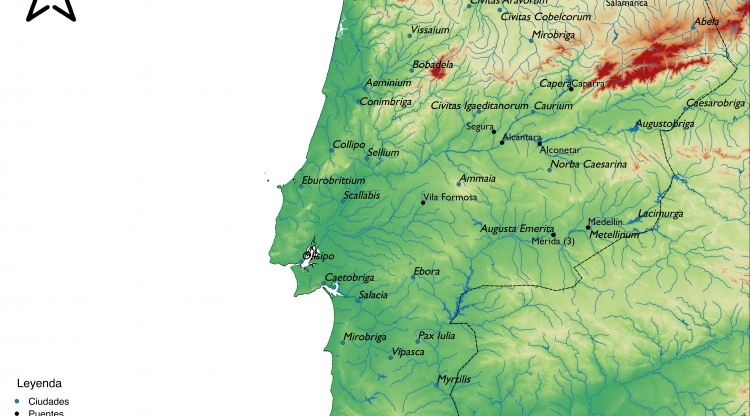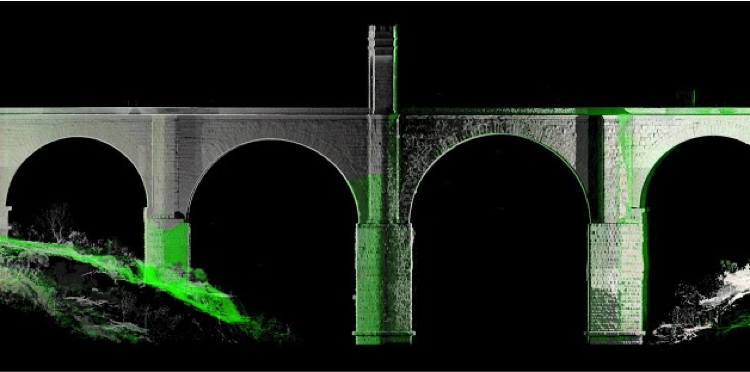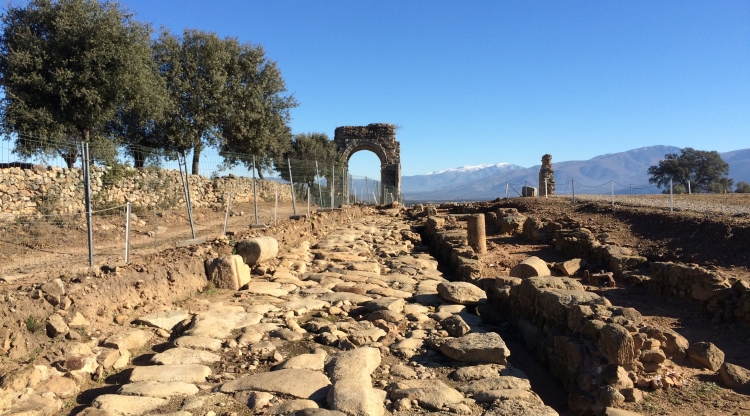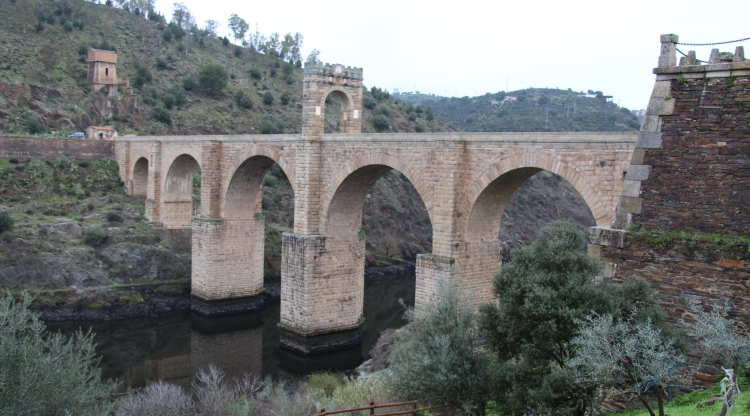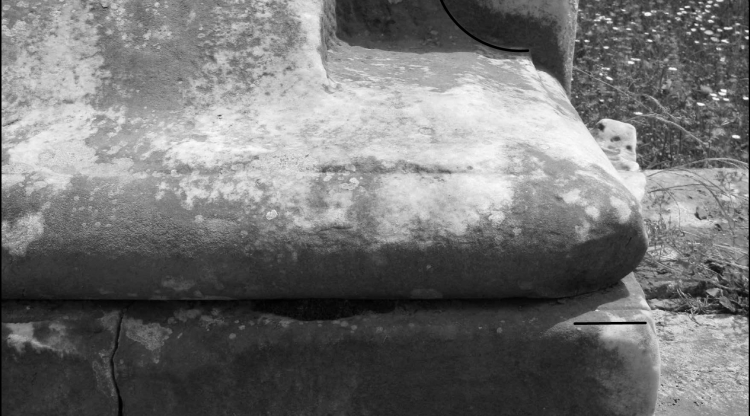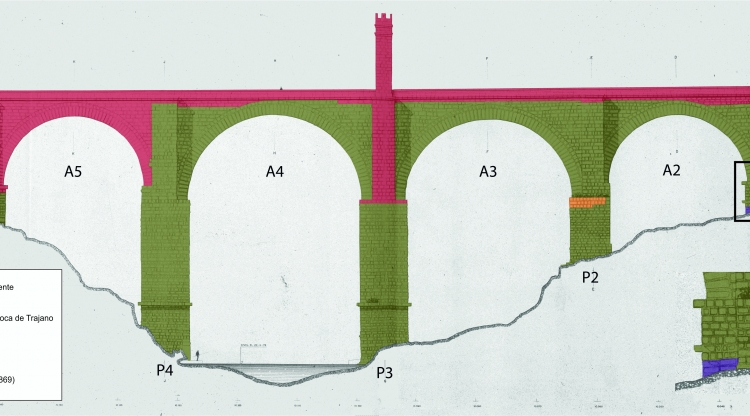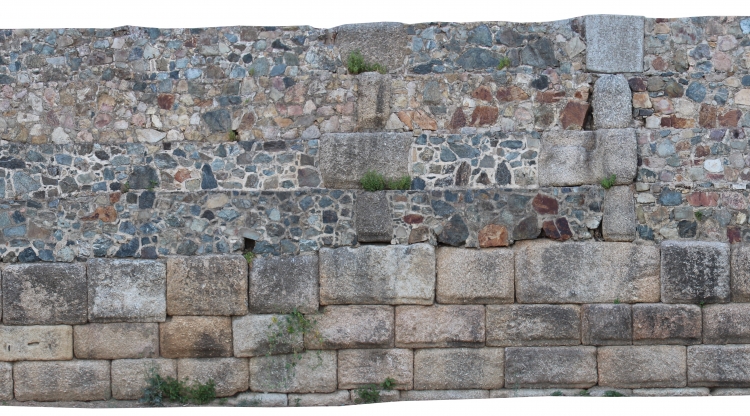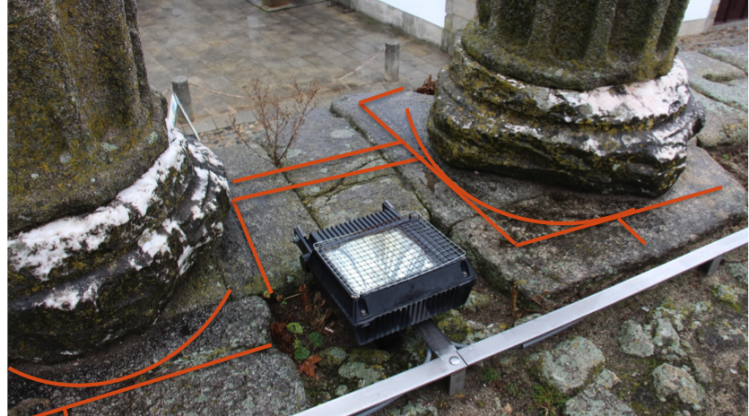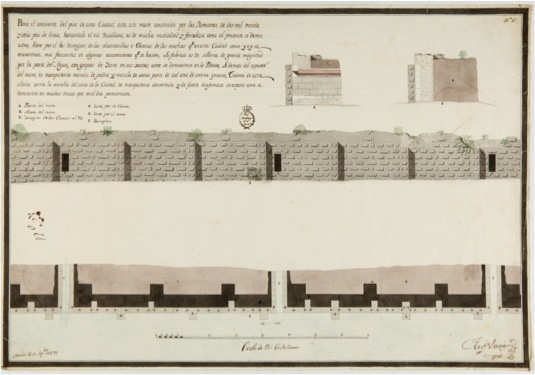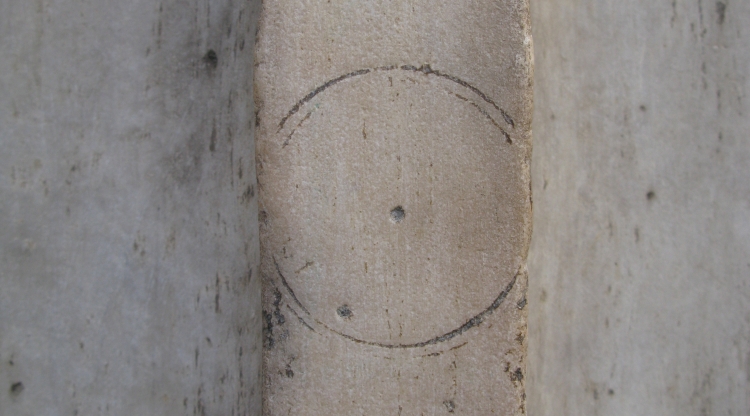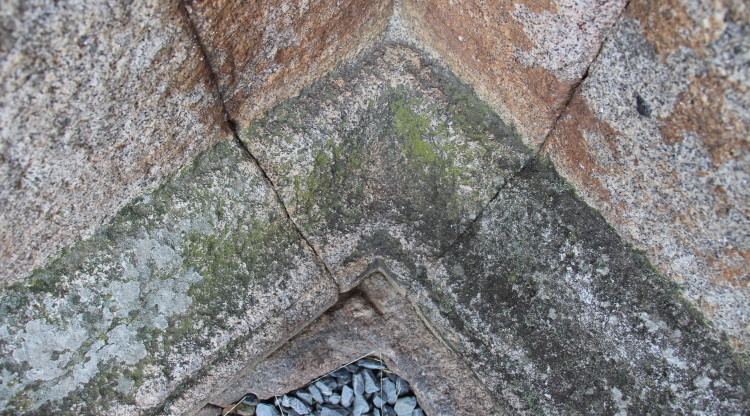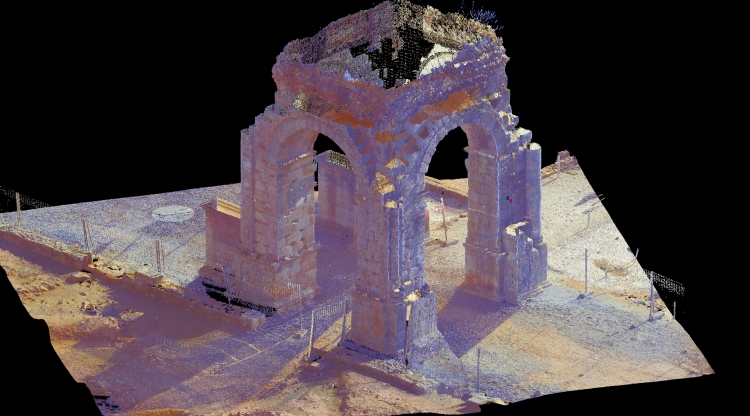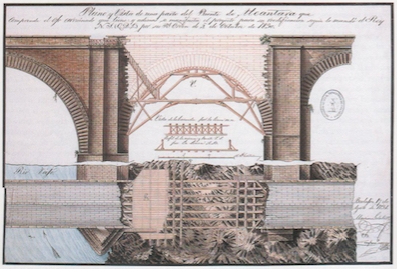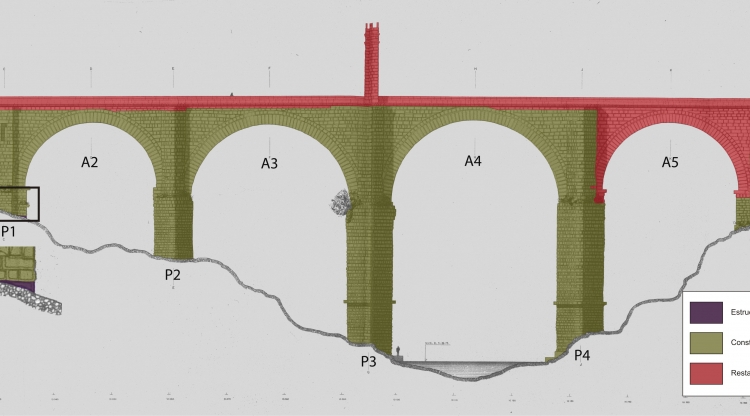La arquitectura romana de la Lusitania. Producción y economía de los procesos de perduración, trasformación e innovación técnica
The project aims to analyze Lusitanian's Roman Architecture from the perspective of the productive and economic processes that allow the implementation of this architecture in a complex and heterogeneous territory with very different historical problems between north and south. The province¿s configuration in Augustan era, meant a deep territorial reorganization based mainly on the routes expansion and, above all, in the new urban¿s realities spring. In Lusitania, to characterize the Roman architectural models of territorial implementation and the cities establishment, it is necessary, in our opinion, a very detailed technical study of the constructive aspects in the preserved buildings. Considering results obtained in a previous coordinated research project ( Construction and urban models of Hispania Architecture and Late Antiquity transformations : definition, evolution and dissemination), it has been observed the possibility of using the constructive and technical analysis in ancient buildings as a key indicator for the interpretation in the historical events. The methodology applied to the project provides for the application of the Architectural Archeology methods in the architecture studies for roman times, constituting one of the new additions to the reading of the processes of construction, use and transformation of monuments traditionally treated from an stylistic point of view. The starting point of the analysis is intended to prioritize some specific aspects related to the nature of Roman buildings in the region: building processes in relation to the possibilities of materials available in geologically very different areas, the organization and management of the works, the relationship between developers and executors, the implementation and dissemination of technological knowledge in the building sector. Particularly, typical knowledges of constructive perspective for the province will be subject of specific studies for its potential to rebuild the economic impact of Romanization in the territory.
Also, some items considered objectives of this project are essential to further understand the formation of an specific Lusitanian architectural culture: the procedures for transmitting knowledge in a homogeneous administrative territory, spreading building techniques and mapping a wide territory, the movement of labour and the different professions related to construction, the technical adaptation depending on the type of the monuments studied as well as the systematic classification of structural and static solutions. This new project also aims to link aspects related to the architectural productive and economic processes with issues directly involved in the historical development in the Lusitanian territory. The fundamental idea is to expand the research to pre-Roman contexts for understand if, the formation of architectural solutions and techniques was a phenomenon of persistence for certain knowledges or, instead, it suggest a substantial transformation related to new constructive rules introduced by Roman innovation.


